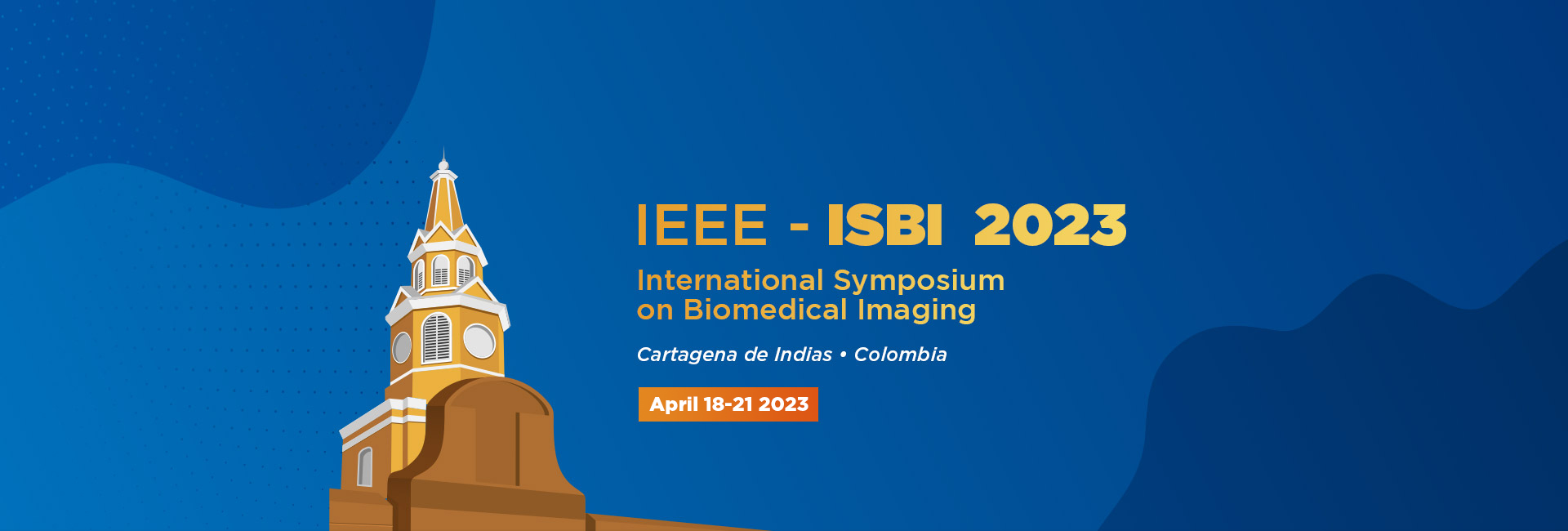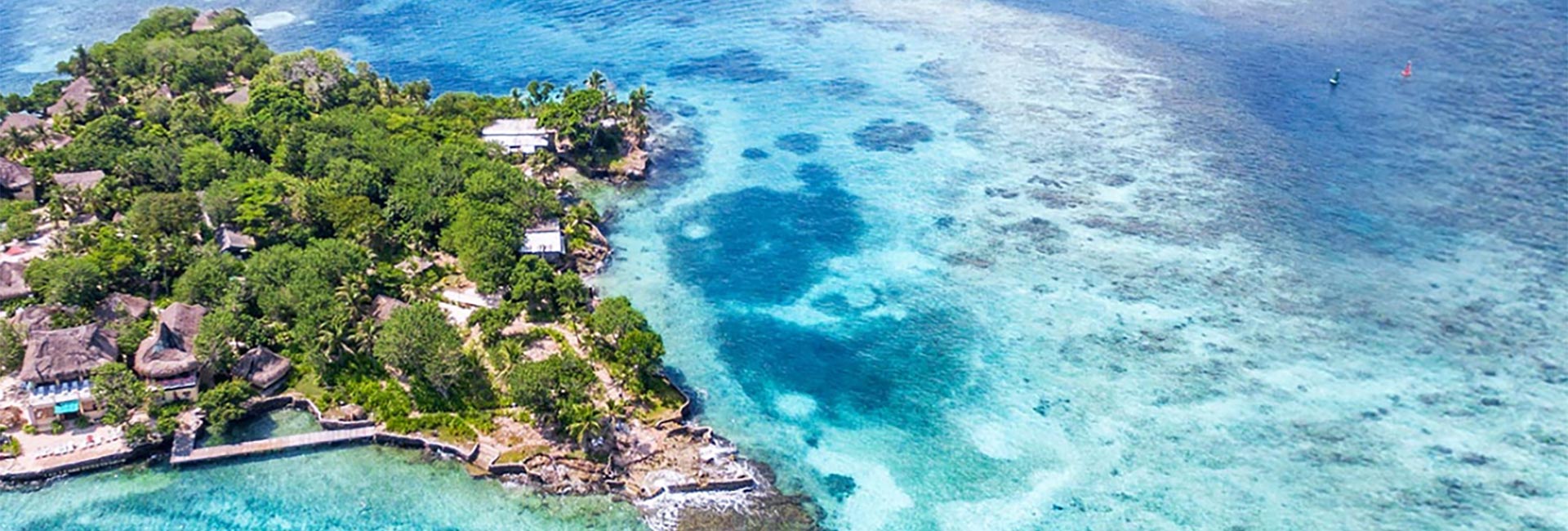CHALLENGES
List of Accepted Challenges
- Title:
- An Out-of-Domain Synapse Detection Challenge for Microwasp Brain Connectomes
- Website:
- https://pytorchconnectomics.github.io/WASPSYN23/
- Point of contact:
- Donglai Wei (weidf[at]bc.edu)
- Abstract:
- In connectomics, the size of electron microscopy image stacks now reaches the petabyte scale with a great diversity of appearance across brain regions and samples. However, manual annotation of neural structures, e.g., synapses, are time-consuming. This challenge aims to push the boundary of domain adaptation and generalization methods for large-scale connectomics applications. In three whole-brain datasets, we painstakingly annotated 14 image chunks from a diverse set of Megaphragma viggianii brain regions. Successful algorithms from our challenge can potentially revolutionize connectomics research and further efforts to unravel the complexity of brain functions
- Title:
- Edited Magnetic Resonance Spectroscopy Reconstruction Challenge
- Website:
- https://sites.google.com/view/edited-mrs-rec-challenge/home
- Point of contact:
- Hanna Bugler (hanna.bugler[at]ucalgary.ca)
- Abstract:
- Edited Magnetic Resonance Spectroscopy (MRS) is a non-invasive technique that can quantify GABA, the primary inhibitory neurotransmitter. Edited-MRS requires long acquisition times to achieve the necessary data quality for reliable quantification. To address this limitation, we propose an edited-MRS reconstruction challenge. We aim to investigate making scans four times faster while preserving data quality. This challenge was designed to be accessible to those with no MRS experience. We provide data, tutorials and base scripts to support the development of machine learning solutions by the challenge participants. The challenge submissions will be evaluated and ranked using quantitative metrics.
- Title:
- Robust Non-rigid Registration Challenge for Expansion Microscopy (RnR-ExM)
- Website:
- https://rnr-exm.grand-challenge.org/
- Point of contact:
- Emma Besier (emmabesier[at]g.harvard.edu)
- Abstract:
- Expansion microscopy (ExM) is a fast-growing imaging technique for super-resolution fluorescence microscopy through tissue expansion. When ExM is used with multiplexed imaging, it is critical to robustly register high-resolution 3D microscopy image volumes from different sets of staining where the image quality differs.
Despite the wide adoption of ExM, there are few public benchmarks to evaluate registration pipelines. To address this issue, we have launched RnR-ExM, a challenge where participants align a diverse set of ExM image volumes from three different species and submit dense deformation fields for assessment.
- Title:
- The Image Analysis for CTA Endovascular Stroke Therapy (IACTA-EST) Data Challenge
- Website:
- https://lgiancauth.github.io/iacta-est-2023/
- Point of contact:
- Giancardo, Luca (luca.giancardo[at]uth.tmc.edu)
- Abstract:
- Large vessel occlusion (LVO) denotes the obstruction of large, proximal cerebral arteries and accounts for 24-46% of acute ischemic stroke. Brain CT-Angiography (CTA) is an imaging modality available in most hospitals, which is typically used to identify LVO. A quick identification is essential to enable endovascular-stroke-therapy (EST) a life-saving treatment.
While commercial solutions exist, no comparative tests on a common dataset have been performed. We aim to bridge this gap with the first task of the IACTA-EST by providing a curated imaging dataset from multiple clinical sites with evaluation metrics.
Additionally, the IACTA-EST challenge will evaluate the participants’ ability to predict the success of EST by combining CTA and clinical variables.
- Title:
- CEPHA29: Automatic Cephalometric Landmark Detection Challenge 2023
- Website:
- http://vision.seecs.edu.pk/CEPHA29/
- Point of contact:
- Muhammad Anwaar Khalid (mkhalid.msds20seecs[at]seecs.edu.pk)
- Abstract:
- Quantitative cephalometric analysis is a standard clinical and research tool in modern orthodontics which plays an integral role in orthodontic diagnosis, maxillofacial surgery, and treatment planning. The accurate identification and reproducible localization of cephalometric landmarks allows the quantification and classification of anatomical abnormalities. The traditional manual way of marking cephalometric landmarks on lateral cephalograms is a very time-consuming job and is miles hard to achieve stable detection accuracy because of uneven experience of orthodontists. Endeavors to develop automated landmark detection systems have persistently been made but they are inadequate for orthodontic applications because of low reliability of specific landmarks. To facilitate the development of robust AI solutions for quantitative morphometric analysis, we organized an Automatic Cephalometric Landmark Detection Challenge that will assist researchers to develop an appropriate automated landmark detection framework which can provide clinical assistance as a computer-aided analysis tool and make contributions to better cephalometric decisions.
- Title:
- APIS: A Paired CT-MRI Dataset for Ischemic Stroke Segmentation Challenge
- Website:
- https://bivl2ab.uis.edu.co/challenges/apis
- Point of contact:
- Fabio Martinez Carrillo (famarcar[at]uis.edu.co)
- Abstract:
-
Stroke represents the second leading cause of mortality worldwide. The key component for immediate diagnosis is the localization (over CT scans) and delineation of lesions ( over MRI studies). The lesions are nonetheless poorly delineated, only visible at advanced stages, and analysis uses manual delineation. This challenge introduces a paired dataset of CT and ADC studies. The researchers are invited to propose computational strategies that approach paired data, during training, and deal with lesion segmentation over CT onset sequences. During training will be available annotated paired sequences (from one expert), and resultant segmentation for testing will be compared regarding two experts.
- Title:
- XPRESS: Xray Projectomic Reconstruction – Extracting Segmentation with Skeletons
- Website:
- https://xpress.grand-challenge.org/
- Point of contact:
- Aaron Kuan (aaron.t.kuan[at]gmail.com)
- Abstract:
- Long-range connections between neurons in different brain regions (projections) determine the flow of information and are critical for brain function. Recently, we demonstrated that X-ray holographic nano-tomography (XNH) can resolve myelinated axons that make up the bulk of these projections. However, accurate segmentation of XNH images remains an important challenge. We provide volumetric XNH images of cortical white matter axons from the mouse brain along with ground truth annotations of trajectories from thousands of individual axons. Participants are challenged to develop and implement algorithms to reconstruct accurate axon trajectories from the XNH image volumes.
- Title:
- PAIP 2023: Tumor Cellularity Prediction in Pancreatic Cancer (supervised learning) and Colon Cancer (transfer learning)
- Website:
- https://2023paip.grand-challenge.org/
- Point of contact:
- Hyunjeong Kim (paip.smart[at]gmail.com)
- Abstract:
- PAIP 2023 challenge aims at the development of reliable tumor cellularity (TC) evaluation algorithms applicable in multiple organs. 103 image patch files of pancreas and colon cancer will be provided (80 for pancreas and 23 for colon), and annotations will be offered for training data. The primary task is to calculate TC in pancreatic cancer using supervised learning. The secondary task is to compute TC in colon cancer using transfer learning. Contestants are required to submit TC values with tumor cell segmentation results for each task. We expect to resolve individual differences in diagnosis among pathologists by new algorithms.
- Title:
- SMILE-UHURA : Small Vessel Segmentation at MesoscopIc ScaLEfrom Ultra-High ResolUtion 7T Magnetic Resonance Angiograms
- Website:
- https://www.soumick.com/en/uhura/
- Point of contact:
- Dr. Soumick Chatterjee (soumick.chatterjee[at]ovgu.de)
- Abstract:
- The human brain receives nutrients and oxygen through blood vessels in the brain. Pathology of small vessels, i.e. mesoscopic scale, is a vulnerable component of the cerebral blood supply and can result in major complications such as Cerebral Small Vessel Diseases (CSVD). Higher spatial image resolution can be reached with the advancement of 7 Tesla MRI systems, allowing the visualisation of such vessels in the brain. This challenge provides an annotated dataset of Time-of-Flight (ToF) angiography acquired with a 7T MRI to train machine learning models and creates a platform to benchmark different approaches.
- Note:
- This is the challenge is co-located with SHINY-ICARUS: Segmentation over tHree dImensional rotational aNgiographY of Internal Carotid ArteRy with aneUrySm
- Title:
- SHINY-ICARUS: Segmentation over tHree dImensional rotational aNgiographY of Internal Carotid ArteRy with aneUrySm
- Website:
- https://www.synapse.org/shiny_icarus
- Point of contact:
- Ignacio Larrabide (shiny-icarus[at]pladema.exa.unicen.edu.ar)
- Abstract:
- Brain vasculature segmentation in 3D angiographies continues to be an open problem in the field of biomedical imaging, and there is still no standard solution. Thus, we introduce SHINY-ICARUS, the first open initiative to collectively train and evaluate multiple automated methods for the acquisition of vascular segmentations. The aim is to segment all visible vasculature connected to one or more of the main feeding arteries of the brain (Internal Carotid Artery) visible in a radiopaque contrast enhanced image of the brain without subtraction (3DRA). Evaluation will assess the segmentations in topological and morphological accuracy.
- Note:
- This is the challenge to be held jointly with SMILE-UHURA : Small Vessel Segmentation at MesoscopIc ScaLEfrom Ultra-High ResolUtion 7T Magnetic Resonance Angiograms















